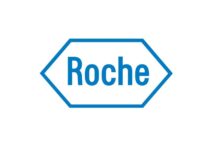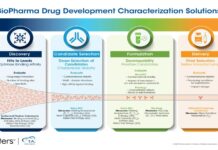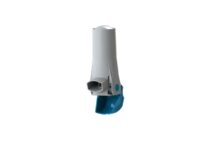Amylin Pharmaceuticals, Inc., and Eli Lilly and Company announced that the U.S. Food and Drug Administration (FDA) has approved a new use for BYETTA® (exenatide) injection. BYETTA is now approved as an add-on therapy to insulin glargine, with or without metformin and/or a thiazolidinedione (TZD), in conjunction with diet and exercise for adults with type 2 diabetes who are not achieving adequate glycemic control on insulin glargine alone.
“This expanded use for BYETTA is important for clinical care, in that it provides a new option for the many patients with type 2 diabetes who are not achieving treatment goals,” said John Buse, M.D., Ph.D., professor of medicine, director of the Diabetes Care Center and chief of the Division of Endocrinology at the University of North Carolina School of Medicine in Chapel Hill. “BYETTA is well-suited for use with insulin glargine, offering a simple fixed-dose regimen that can help improve control of blood sugar overall and after meals. In a clinical trial, patients using BYETTA with insulin glargine achieved better glycemic control, without weight gain or an increased risk of hypoglycemia, compared to patients using insulin glargine alone.”
In the study supporting the expanded use, patients receiving insulin glargine, with or without metformin and/or a TZD, were randomized to receive BYETTA or placebo in addition to aggressive insulin titration. After 30 weeks of treatment, A1C decreased by 1.7 percentage points in patients adding BYETTA, compared with a decrease of 1.0 percentage point in patients treated with insulin glargine alone (p<0.001). A1C is a measure of average blood sugar over three months. Nausea, which was the most common adverse event, occurred in 41 percent of patients treated with BYETTA compared with 8 percent of patients treated with insulin glargine alone




















